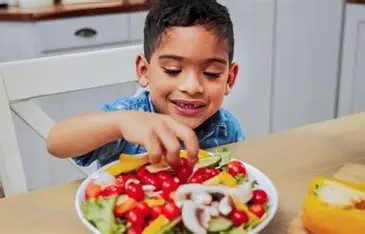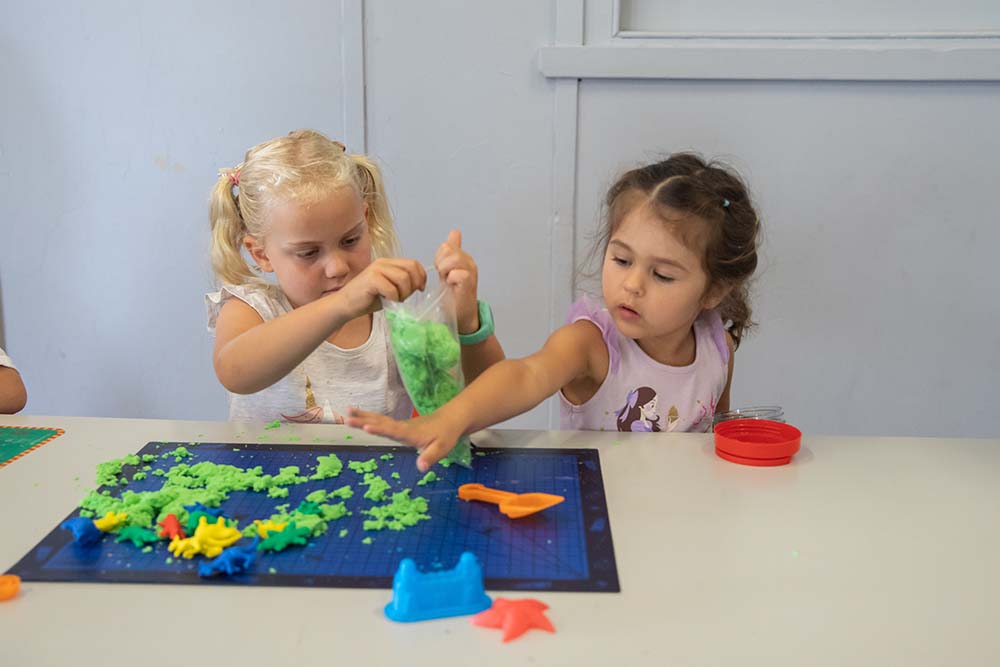We often think of mealtimes as moments to fuel our bodies—but in a child’s world, dinner is also a powerful opportunity to connect, co-regulate, and grow emotionally. For many families I work with, mealtimes can become a battleground: picky eating, refusal, meltdowns over broccoli, and the overwhelming pressure for “one more bite.” But what if the goal at dinner wasn’t just eating—it was belonging?
Why Connection and Regulation Come First
When we focus first on building a sense of safety and connection around meals, children become far more open to exploring and accepting new foods over time. Co-regulation—where a calm adult helps a child return to a regulated emotional state—begins with presence. Sharing space, soft conversations, and relaxed body language are all cues to the nervous system that “this is a safe place.”
Studies in child development and feeding therapy show that children who feel emotionally secure at the dinner table are more likely to try new foods and develop positive long-term relationships with eating. Conversely, children who experience mealtimes as stressful or coercive are more likely to become avoidant or anxious around food.
Familiarity Builds Flexibility
One of the simplest yet most powerful tools we can offer children is predictability. Eating in the same place at roughly the same time each evening sends a message: this is a shared ritual, a time to pause and be with each other.
And no, you don’t need a fancy dining table. Sit on a picnic rug on the floor, perch on the end of a bed with toast and fruit, gather at the kitchen bench—what matters is shared attention and rhythm, not the furniture.
Building Consistent Mealtime Routines
If you’re just getting started, here are a few gentle ways to prioritise connection and co-regulation over conflict:
- Create a soft landing: Give your child a few minutes of snuggle time, quiet play, or simply some presence before transitioning to dinner.
- Use visual cues: A simple picture schedule, kitchen timer, or a pre-meal song can help signal that mealtime is coming soon.
- Offer connection, not correction: Begin meals with a “how was your day” rather than a “why aren’t you eating that?”
- Keep portions small and choices easy: Feeling overwhelmed by food can trigger anxiety. Small servings and a bit of choice (e.g. “Would you like the carrot sticks or cucumber tonight?”) give children some agency.
- Be consistent, not rigid: Aim for most dinners to be around the same time, but allow for flexibility on those long or tricky days.
Final Thoughts
What children remember most about dinner isn’t the vegetables—it’s the laughter, the eye contact, the sense of being seen. When we honour those moments of connection and prioritise regulation over expectation, we raise not just good eaters, but confident, emotionally resilient little humans.
Let’s make space at the table (or rug, or cushion) for connection first. The rest will follow, one bite at a time.









